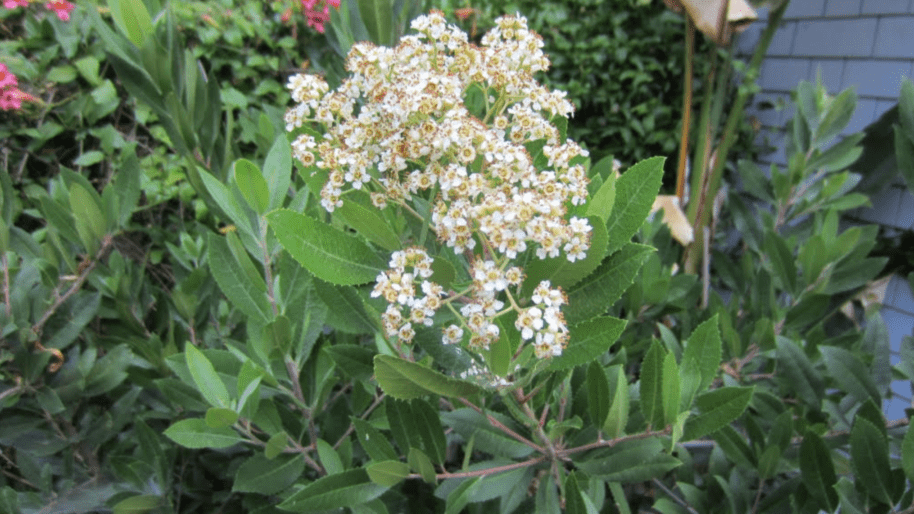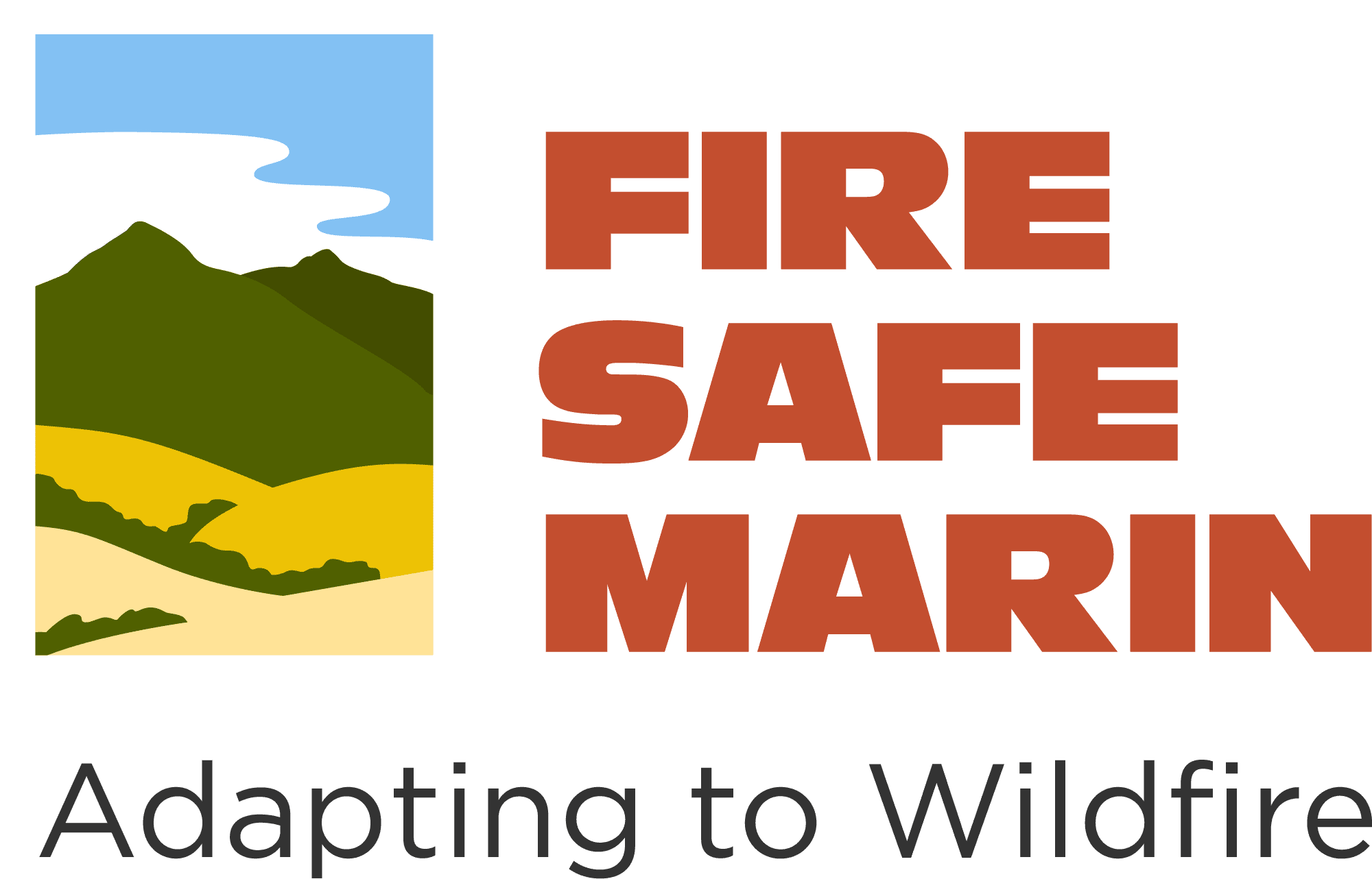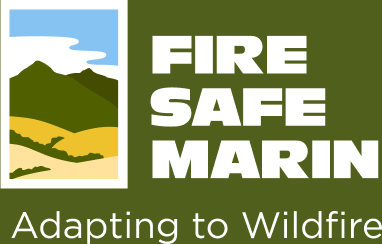Article by Bonnie Morse, Bonnie Bee & Company
All plants burn but fire damage can be mitigated through prevention and planning. Taking into account the distance combustible materials like plants, decks, and other common landscape items are located from your home and other built structures while keeping your landscape well-groomed, hydrated, trimmed, and correctly mulched will help grow a pollinator-friendly garden while increasing the odds that your garden will survive a nearby wildfire.
- Most active season for many pollinators is February to May. Plan for any single species of pollinator-friendly plant to fill an area at least 3’ x 3’ when mature to maximize pollinator visitation.
- Throw out annual seeds (Phacelia is a great late winter pollinator plant!) in fall or with rain that will fill a space with foliage and flowers in spring but reseed and die back before fire season. This will allow for designed separation between shrubs and trees during fire season.
- Allowing space for bare soil prevents wildfires, and also provides necessary habitat for ground-nesting bees. Most of our native bees (approx. 80%) are solitary and ground-nesting and need bare soil in which to create their nest cavities. But all things in moderation…during the wrong season, too much bare soil can cause erosion.
- Selecting plants that bloom at different times of the year provides year-round forage. Early season flowering shrubs include: Arctostaphylos (Manzanita), Ceanothus (CA Lilac), and Ribes. A good summer shrub is Heteromeles (Toyon). Baccharis (Coyote Bush) is an essential fall flowering shrub.

Baccharis is an important plant ecologically that supports over 400 species of insects, BUT old, woody growth can be fire-prone. Plant 30’ or further from structures and keep them free of dead, woody branches.
- Avoid invasive plants that may suppress or replace native plants. Most plant-feeding insects require specific native host plants with which they evolved.
- Calscape.org is a great resource to identify plants native to your area plants that support habitat, water requirements, nursery availability and more!








